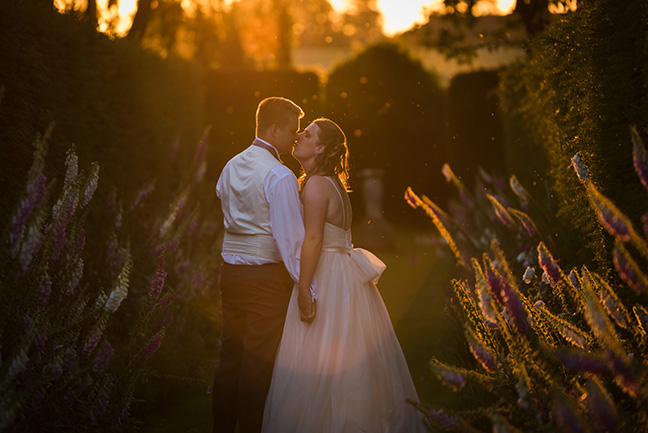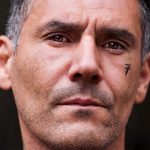
Nick Church: Taking the Plunge
Over the last two years Nick Church has grown his business, Nick Church Photography, to a level where he was ready to leave his full-time job to make photography his career. Nick shares what he learnt a month in to becoming a full time photographer
In 2015 while exhibiting landscape photographs at a local gallery, a couple asked if I shot weddings. 15 minutes later, I had my first wedding booking and my hobby just got a bit more serious. As my portfolio and bookings increased, becoming a professional photographer started to seem possible, so I set my sights on making it happen.

Working 50+ hours a week running a software company and shooting ten weddings in 2016 was hard, but the 35 shot in 2017 nearly broke me! I had to build the business to a point where I could make the transition from employee to business owner without facing a financial cliff-edge.
Throughout my career in software, I’d planned and tracked performance of large projects. I decided to treat the development of Nick Church Photography in the same way. With 50 weddings already in the pipeline for 2018, timing was critical and I couldn’t spend too long procrastinating. I needed to work out a realistic formula for what my earnings might be 12 months into the future and with some analysis of historical and current data this was not the guesswork it sounds.

I knew my income would come from the following activities:
1. Weddings booked for the next 12 months: I used Lightblue Software to provide the reports of the fees that would be invoiced.
2. Weddings booked beyond the next 12 months: Based on the previous 12 months I could forecast bookings and related booking fee income. I used a multiplier to model the fact that the number of bookings was increasing year on year, as was average spend.
3. Late wedding bookings: Bookings placed for weddings that would happen within the next 12 months would bring in booking fees and full-payment fees. Again, this was based on the previous year’s data and a multiplier used in the same way as above.
4. Other photography income: Professional headshots, architectural photography, commercial shoots etc. I calculated bookings taken in the last 12 months and applied a multiplier to represent a likely increase due to increased promotion of this part of the business.

Adding the values of 1-4 gave me an estimated total revenue. Undertaking a similar exercise for my expenses allowed me to estimate net income over the next 12 months. Once this figure reached my software salary, I knew it was now or never!
Taking the leap has been exciting and liberating, and I have not regretted one moment. I have total confidence in my product and my ability to succeed, but I would be lying if I did not admit it is nerve-wracking to face life without the safety-net of a 9-5 job. In order to monitor performance, I have a spreadsheet that tracks the four income areas above and this will give me advance notice of any problems. While I can still do something about it.

One month in, thanks to a flurry of wedding bookings and an architectural shoot, I am currently tracking well above the revenue forecast, and this graph has become my new desktop image! Though I have also noticed I’m spending more than I thought on photography kit. This is a habit picked up when I had two income streams, and one that I’ll need to nip in the bud moving forward before it has an effect on bottom-line income.
With more time to focus on photography, I can be more intentional about what I want to achieve. I can better develop new opportunities, plan for business growth and expand in to commercial photography as well as weddings. I am also able to concentrate more on creativity because I build in the time and space to develop. That was previously hard to do if I was editing and planning a shoot from an airport somewhere in between business meetings.

Going full-time is not for everyone. If the main thing you love about photography is taking photos, then perhaps a balance between paid work and a full-time job is better. Doing this full time needs you to be a photographer, an accountant, a salesperson, an administrator, and a social media freak. Oh! and the hours are awful. But Nick Church Photography sees me spring out of bed in the morning ready to get cracking, and it’s a long time since I’d done that!
See more of Nick’s work:
Website
Twitter
Instagram
Facebook




